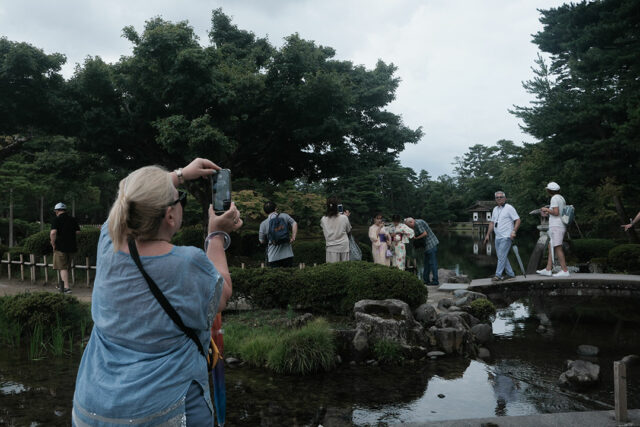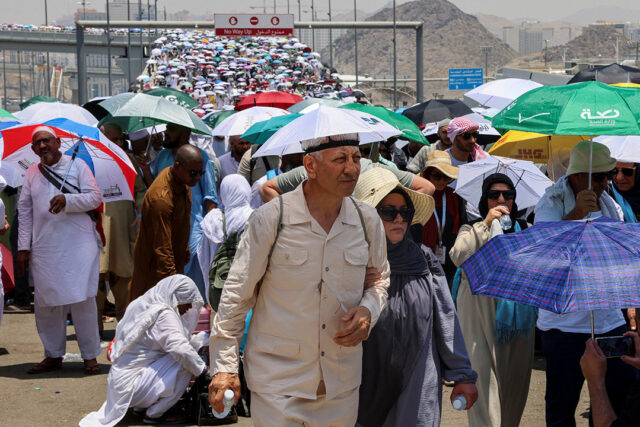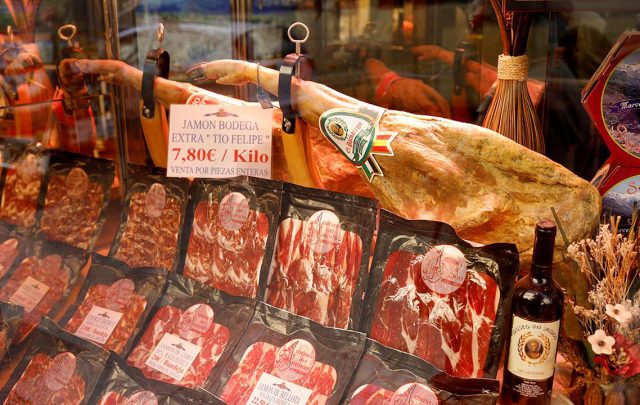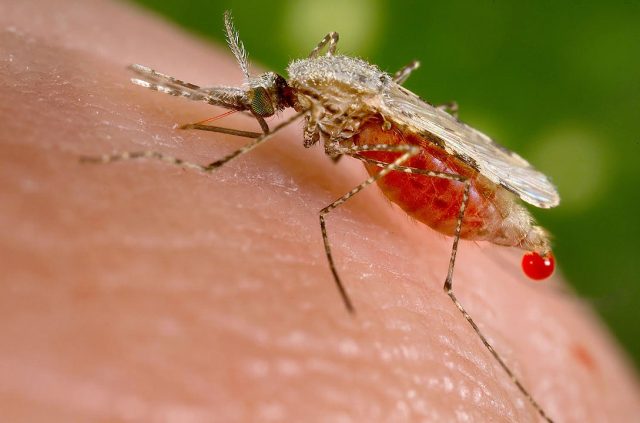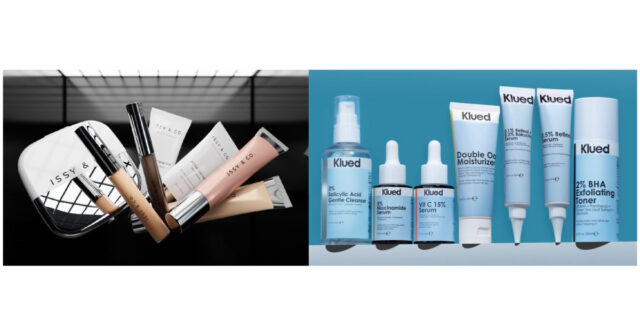In a beauty industry once limited by a lack of diversity and inclusivity, Issy Cosmetics and Klued have emerged as local beacons of positive change. Both brands have leveraged the innovative capabilities of TikTok Shop to expand their reach and promote a more inclusive definition of beauty.
Issy Cosmetics: Celebrating All Identities
Founded in 2019 by CEO Jasmin Ang and Creative Director Joel Martin Andrade, Issy Cosmetics set out to redefine beauty standards in the Philippines. The brand offers a broad spectrum of makeup and skincare products that celebrate all identities. Through TikTok Shop, Issy Cosmetics has expanded its reach and fostered greater inclusivity within the beauty industry.
“The biggest inspiration behind Issy is the lack of diversity in the local market when we started in beauty. Five years ago, in 2019, beauty was so limited. There was such a lack of options, a lack of inclusivity. When we had the chance to create our own brand, we said we would change this all. We are going to give people options, their shades, and something to be proud of locally,” Joel said.
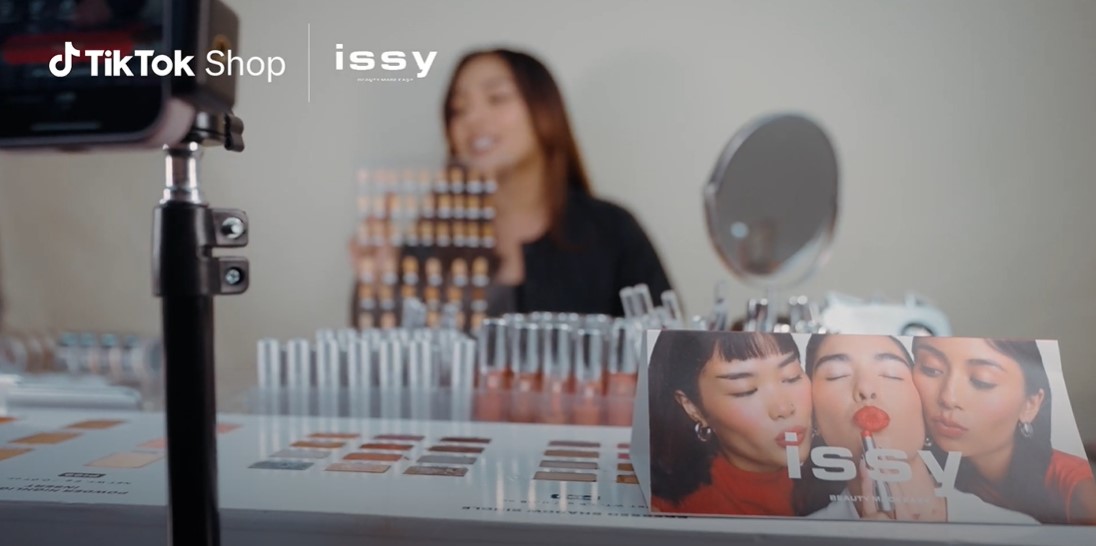
Issy Cosmetics aims to broaden the definition of beauty by ensuring that everyone, regardless of gender identity, finds representation through its products. A key aspect of this commitment lies in offering an extensive range of shades that cater to the diverse spectrum of Filipino skin tones. By providing options that resonate with individuals across the gender spectrum, Issy Cosmetics promotes a more inclusive beauty landscape where everyone feels seen and celebrated.
Klued: Elevating Skincare Standards
Established in 2022, Klued has quickly gained recognition in the skincare industry for its commitment to providing premium quality products that are accessible to all. Co-founded by Maximo Canega and Emilio Chua, Klued aims to fill a significant gap in the market by offering tailored skincare solutions that address specific concerns.

“Klued has been designed to offer premium quality skincare that everyone can afford. There are many skincare brands out there, but the specific skincare that targets individual concerns is the gap we need to fill,” Maximo explained.
Klued has focused on making high-quality skincare accessible to a broad audience. The brand’s philosophy centers on education and transparency, ensuring that customers understand how to use their products effectively to achieve the best results. This approach has resonated with consumers, helping Klued to build a loyal customer base in a short period.
Empowering Growth Through TikTok Shop
Issy Cosmetics discovered TikTok Shop in 2022 and quickly recognized its potential. According to Allyson Jewel Andrade, Sales Director of Issy Cosmetics, “Even when TikTok Shop was still new, we already decided to onboard with them. When we started TikTok, at that time, it was just an entertainment platform. And then when we heard that they’re launching a TikTok Shop, we knew there would be great opportunities on the platform.”
The decision to embrace TikTok Shop proved to be transformative for the brand. From 2022 to 2023, Issy Cosmetics experienced a remarkable 800% growth, demonstrating the platform’s capability to significantly expand its business.
Klued also recognized the potential of TikTok Shop and saw its first product launch go viral, showcasing the platform’s accessibility and effectiveness in bridging the gap between consumers and brands. Starting with just two employees, Klued has now expanded to a team of 30.
“TikTok Shop has been very supportive to us. They constantly support us in the areas we need to improve. It’s really helpful because it’s driving a lot of our sales. Since day one, they have been there for us, and that’s why we are where we are now,” said Emilio.
Maximizing Sales Through Livestreaming
One particularly pivotal feature of TikTok Shop for both brands is its livestreaming capability. This feature allowed the brands to engage directly with customers, creating a dynamic and interactive shopping experience. For Issy Cosmetics, livestreaming accounts for around 50% of their sales. “Livestreaming can really help you increase your sales further. We want to make sure that we are able to guide our customers when they are purchasing,” said Allyson.
Klued also leverages liveselling to its advantage, capitalizing on TikTok Shop’s offerings such as LIVE coupons and free shipping to enhance the shopping experience. “There are so many opportunities that TikTok Shop offers. These are incredibly helpful for live sellers during live sessions,” emphasized Jessa Mae Alvarez, Marketing Assistant at Klued.
Both brands have utilized TikTok Shop’s live streaming feature to interact with customers in real-time, answer questions, and demonstrate product usage.
A Seamless Shopping Experience
One notable feature of TikTok Shop is its capability to seamlessly integrate product discovery and purchasing in a single, streamlined app. This integration simplifies the shopping process, enhancing the overall experience. The ease of use and innovative features of TikTok Shop have also enabled Issy Cosmetics and Klued to cultivate a strong community while achieving significant business growth.
“TikTok Shop is such a unique platform and it’s also very creative. So it helps brands like us build a community and at the same time grow the business because the customer and seller experience is very seamless. From discovery to purchase, it’s all possible in one app,” Allyson said.
Issy Cosmetics’ and Klued’s success stories highlight the transformative power of digital platforms like TikTok Shop in empowering local brands to reach unprecedented heights. By embracing TikTok Shop’s innovative features, both brands have expanded their customer base and created inclusive communities that celebrate diversity in beauty and skincare. As they continue to grow, they exemplify the potential of digital commerce to positively impact the local beauty industry.
Spotlight is BusinessWorld’s sponsored section that allows advertisers to amplify their brand and connect with BusinessWorld’s audience by publishing their stories on the BusinessWorld Web site. For more information, send an email to online@bworldonline.com.
Join us on Viber at https://bit.ly/3hv6bLA to get more updates and subscribe to BusinessWorld’s titles and get exclusive content through www.bworld-x.com.






